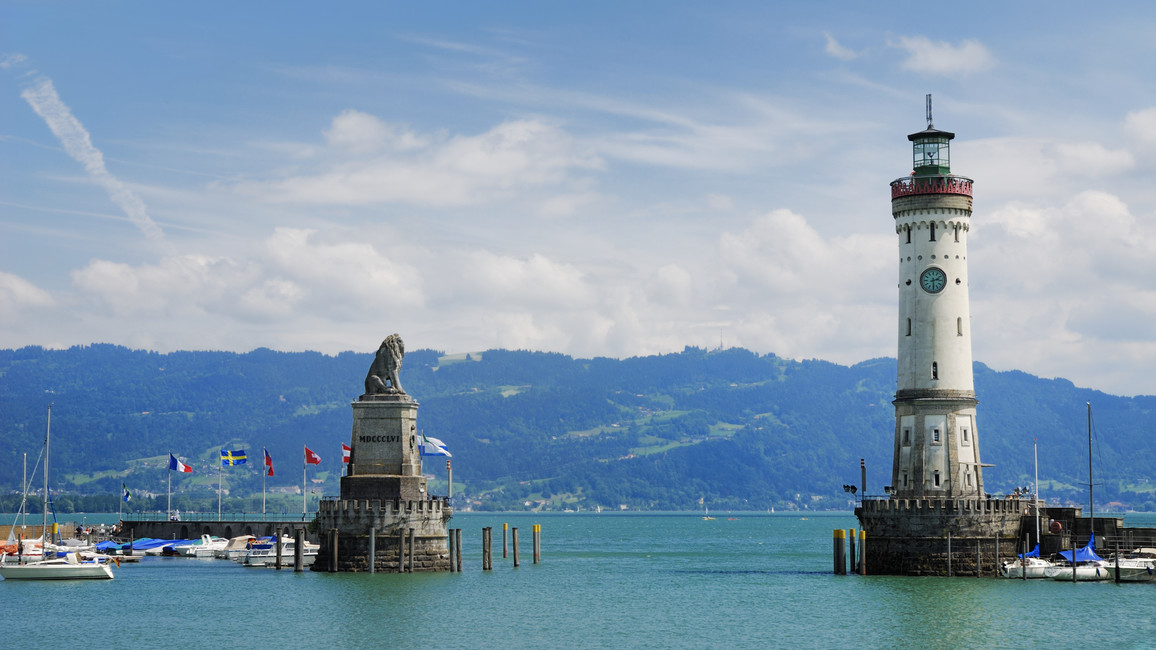Mission Education: The Nobel Laureates gathered once again gather in Lindau for the 63rd Meeting : , Theme: research
Since 1951, Nobel Laureates in the fields of chemistry, physiology/medicine, and physics have gathered in Lindau along with 550 outstanding young researchers from all over the world for the Lindau Nobel Laureate Meetings.
Held annually since 1951, the Lindau Nobel Laureate Meetings bring together around 30 Nobel Laureates and nearly 600 highly qualified, outstanding young researchers from up to 80 countries for a week long gathering. The goal is the exchange of ideas and experience across cultures and generations, as well as the establishment of networks. Lectures, discussion rounds, podium discussions and master classes account for the majority of the Meeting’s programme. But the Lindau Nobel Laureate Meetings also intentionally leave participants space for inspiration and reflection, for personal encounters and intensive conversations – which sets it apart from typical science and research conferences.
The Meetings originated with an initiative of two physicians from Lindau, Franz Karl Hein and Gustav Parade as well as Count Lennart Bernadotte, a member of the Swedish Royal Family and landlord of Lake Constance’s Mainau Island. The first meeting in 1951 – a medical congress attended by 7 Nobel Laureates from Denmark, Sweden, Switzerland, USA and Germany – provided an important impulse for re-establishing contact among scientists following World War II.
Under the motto “Mission Education,” the Lindau Nobel Laureate Meetings have developed into an internationally renowned forum for scientific debate on topics of global significance, and have also gained numerous companions and supporters from around the world. The motif “Educate. Inspire. Connect.” accompanies not only the meetings; it is also a guiding force for the social engagement of the Meetings’ organizers, the Council for the Lindau Nobel Laureate Meetings e.V. and the Foundation Lindau Nobelprizewinners Meetings at Lake Constance. Exchange between scientists – across generations, disciplines and cultures – as well as anchoring science and research at the centre of society remain core concerns of the Council, the Foundation, and their partners.
In addition to top research, current and future global challenges such as the question of sustainability or discussions on the responsibility of scientists in and to society are at the centre of the Lindau debates. The broad thematic layout of the Meetings has a long tradition. The Mainau Manifesto, for example, which was initiated in 1955 by Otto Hahn, was a call for peace from 18 international Nobel Laureates, which aimed to make the dangers of the military use of nuclear energy clear to the countries and governments of the world. A year later, a total of 52 Nobel Laureates at the Lindau Meetings joined the warning against nuclear war. On the initiative of Count Lennart Bernadotte, 16 experts of nature and landscape conservation signed the Green Charter of Mainau in Germany on 20 April 1961. Nearly 10 years before the first Club of Rome meeting, it was a ground breaking document for nature conservation and the environment.
Since 2000, the organizers of the Meetings have adopted an increasingly international and interdisciplinary orientation. The global network of academic partners, which includes the majority of academies of science, universities and research institutions, is continually expanding. These partner institutions constitute a primary pillar of the multistep nomination and selection process, which opens the opportunity for highly qualified and motivated young scientists from the across the world to participate in the Lindau Meetings. With this, the overall academic standards of the meetings are constantly rising. Worldwide news coverage and the accreditation of numerous international journalists reflect a growing public interest for the Meetings. With support of the Federal Ministry of Education and Research (BMBF), the Lindau Nobel Laureate Meetings will continue to develop.
The rich and always relevant legacy of the Lindau Meetings – Knowledge, Ideas, Experience – is accessible free of charge online in the Lindau Mediatheque. There videos and text summaries of Lindau lectures and podium discussions, mini lectures and Laureate profiles join to form a multifaceted picture of the history of science as well as a source of information and inspiration. The continuing completion and redesigning of the Mediatheque is funded by the BMBF.
The 63rd Lindau Nobel Laureate Meeting was held at Lake Constance from 30 June to 5 July 2013. 36 Nobel Laureates from the disciplines of chemistry, physics and physiology/medicine as well as one Nobel Peace Prize Laureate met outstanding young researchers from all over the world. After a multistep process, 625 students, doctoral candidates and post-docs from 78 countries were selected to participate. They dealt with discipline-specific and interdisciplinary questions, but also with questions of broader social and global relevance. In 2013 the rotating discipline in focus was chemistry. A large portion of the presentations and events handled aspects of 2Green Chemistry2 – that is, environmentally sustainable and energy saving manufacturing processes. Biochemical processes and structures made up an addition thematic focus.
